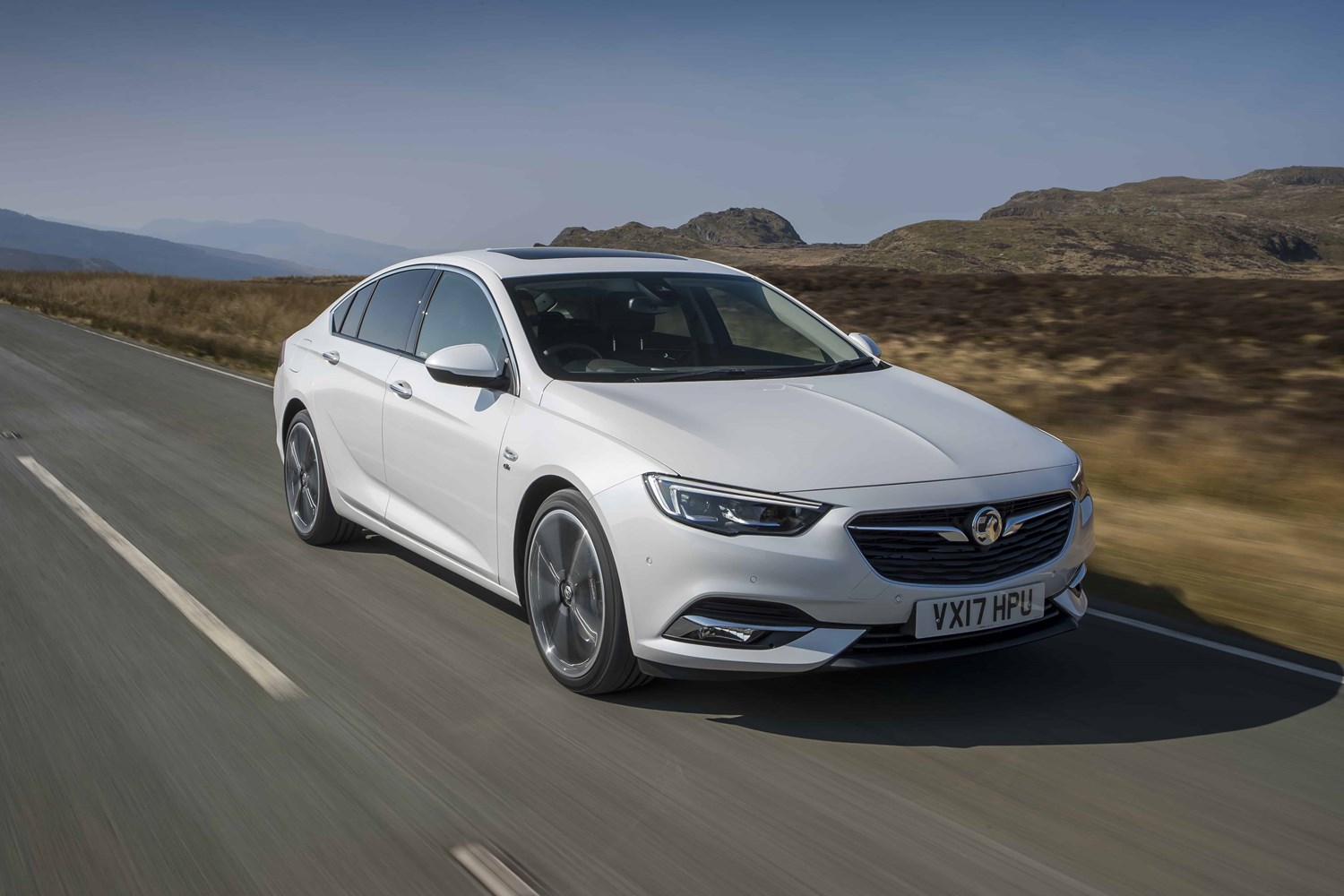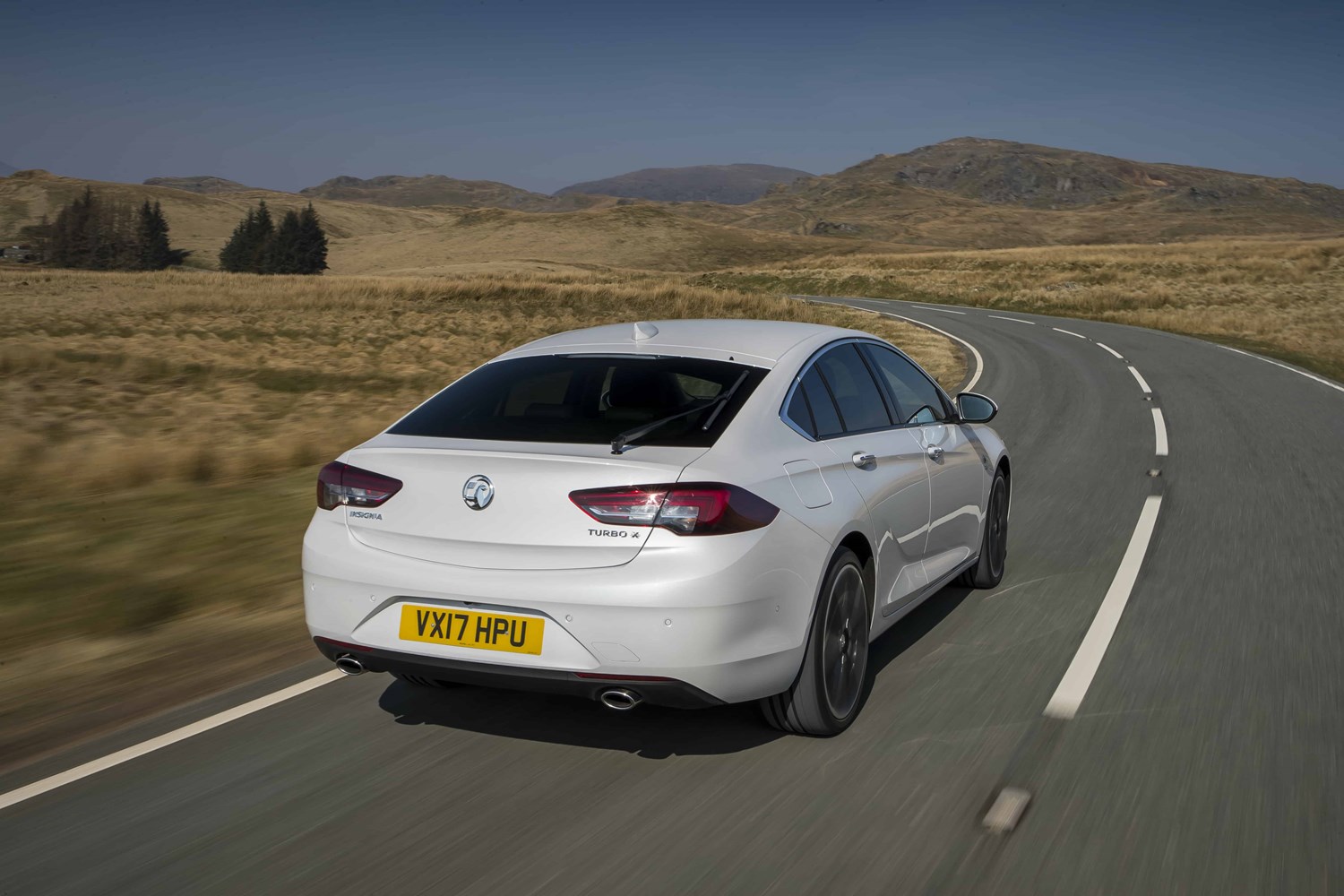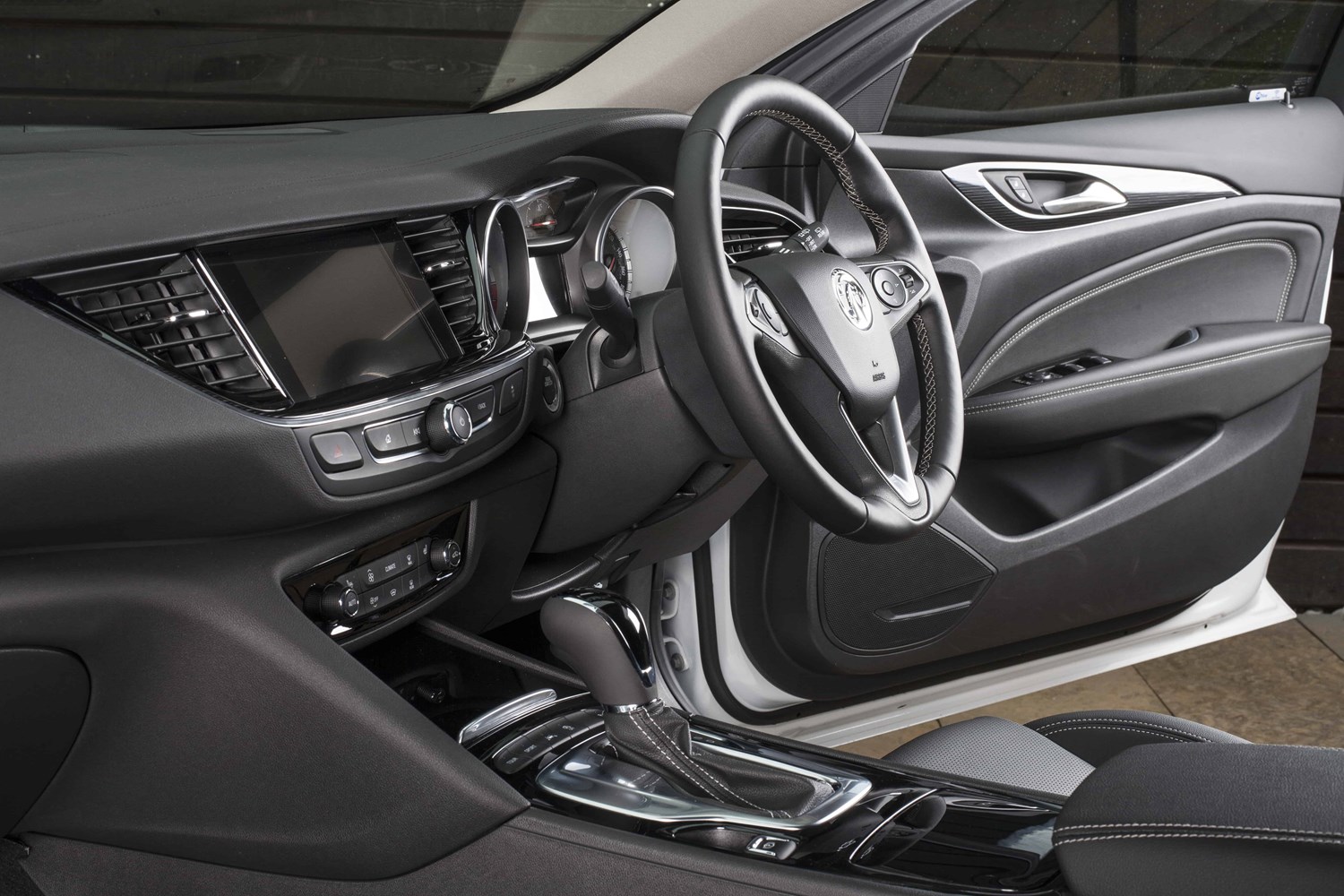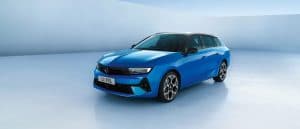Model review
The Insignia traces its roots back to the Vauxhall Vectra, and its own predecessor, the Cavalier.
When it debuted in 2008, it was heralded as a ‘radical departure’ from its predecessor. Certainly, it looked vastly different, and felt more refined across the board too, pushing Vauxhall’s saloon offering into the 21st century at long last.
The Insignia was on-sale by the tail end of 2008, and would then receive a mid-life facelift in 2013.
A second-generation car arrived for 2017.
Current model
The current Insignia debuted at the Belgrade International Motor Fair in 2017, and was particularly notable for its size relative to rivals such as the Ford Mondeo and BMW 3 Series; in fact, despite being positioned as a rival to the 3 Series, it is just four centimetres shorter than BMW’s larger 5 Series, and practically the same width.
The width in particular goes some way to making the Insignia a far more engaging driving experience in its second-generation guise. It’s not quite a match for the 3 Series yet, admittedly, but the steering is weighted just right, and you’re never lacking a feel of what the car is doing underneath you.
This time around the Insignia was re-dubbed slightly, with the saloon version being named the Insignia Grand Sport, and the estate gaining the Sports Tourer moniker.
Value for money
The current Insignia is well-specced at even the base level, and debuted with a price point lower than that of its predecessor, showing intent to provide a value alternative to the crossovers and SUVs dominating the wider large family car market.
For a car of this size and segment to be priced below £20,000 new is a rare thing indeed, and the Insignia Grand Sport’s £19,945 starting price undercuts premium badged cars by a considerable margin. The BMW 3 Series starts at over £30,000, and it’s also quite a bit cheaper than the likes of the – far smaller – Ford Mondeo too, which is available from £21,495.
On the used market, the cheapest running cars are available at roughly £1,000, though these will inevitably be high-milers in less than factory fresh condition. Cars in better condition with miles hovering around the 100,000 mark can be found for a little over £1,750.
Some of the pre-facelift cars in better spec and condition can cost more than £4,000.
The bottom of the market for cars built after the 2013 facelift start at a shade over £2,000, while cars in good condition with less than 60,000 miles start at about £5,000.
The second-generation Insignia can be found from just over £10,000, and given the cars have only been around for just over two years, very few of them have topped 60,000 miles to date.
Nearly new cars with as little as 1,500 miles on the clock can be found from about £13,500.
Looks and image
The new-generation Insignia, in both Grand Sport and Sports Tourer form, is a genuinely smart looking machine, with an overall silhouette that suits Vauxhall’s current design language to a tee.
Certainly, Vauxhall’s badge is unlikely to hold the level of desirability and image held by BMW or Audi, but buyers of these cars will likely be more drawn to the value represented by the car, as opposed to badge appeal.
The previous generation car, particularly after its 2013 facelift, is also far from an unappealing machine; both generations are a far cry from the Vectras that came before.
Space and practicality
One area where the Insignia Grand Sport struggles against its competition is the boot. At 490 litres, it is down compared to many key rivals such as the aforementioned Mondeo, as well as the Skoda Superb, Volkswagen Passat and even the previous generation Insignia. Fold the rear seats down, and this will extend to 1,540 litres, which does exceed that of the Mondeo.
Despite not quite matching rivals in overall capacity, the shape of the boot is uncomplicated; this means that all of the room can be used in almost all circumstances.
Of course, if you want more boot capacity, there is always the Sports Tourer estate, which offers 560 litres of space, beating the Ford Mondeo Estate and the Mazda6 Tourer.
The swooping, almost coupe-esque of the Insignia does mean a little bit of rear-seat headroom compromise, though it can still seat four adults in comfort, and does so with greater ease than its predecessor.
As a plus, the car is an exceedingly comfortable place to be, and interior stowage is decent, though not as generous as some rivals.
Engines
The range of engines available in the Insignia is fairly expansive, with three petrol units and four diesel options available.
The base-level diesel motor, and the least powerful engine in the range, is the 108bhp, 1.6-litre diesel, and a more powerful 134bhp version of the same unit is also in the line-up.
The other diesel is a 2.0-litre motor, available with 168bhp and a single turbocharger, and a 207bhp version with a twin-turbocharger.
Meanwhile, the petrol range features a pair of 1.5-litre engines, and one 2.0-litre unit. The 1.5-litre is available with either 138 or 163bhp, while the 1.6 delivers an impressive 197bhp.
Running costs
The most efficient engine in the Insignia is – predictably – the smallest of the diesels; the 1.6-litre, 108bhp unit rated to achieve up to 57.6mpg.
Meanwhile, the only petrol with confirmed MPG figures under WLTP testing regulations at the time of writing was the 163bhp, 1.5-litre unit, which is able to achieve up to 44.1mpg; we’d expect the similar 138bhp unit to be slightly more efficient.
Insurance groupings for the Insignia range between 13 and 27.
Things to look out for
Vauxhall’s Insignia Grand Sport is still relatively new, which means that reliability issues are yet to form a pattern among owners. In general, Vauxhall has been fairly middling in the If you spec your car well, and keep it under 60,000 miles, it will likely be worth a little over half of its money in three years.





